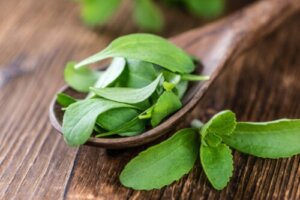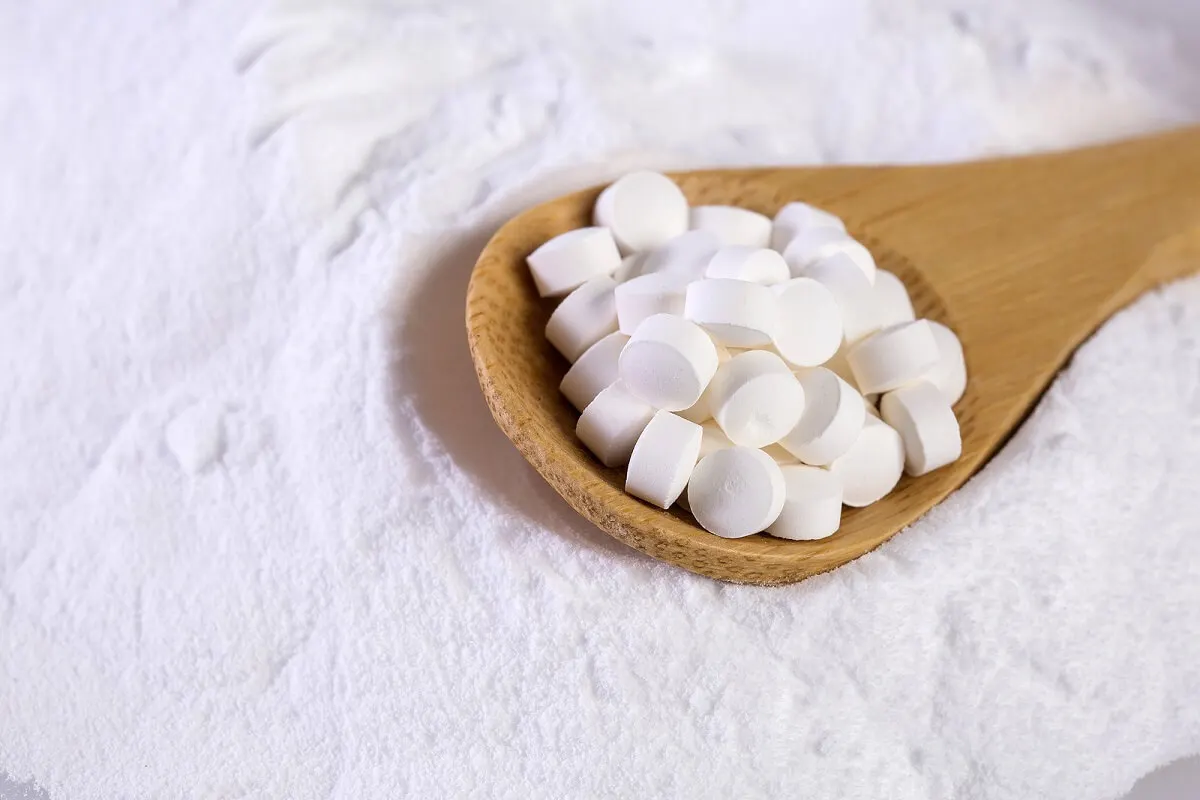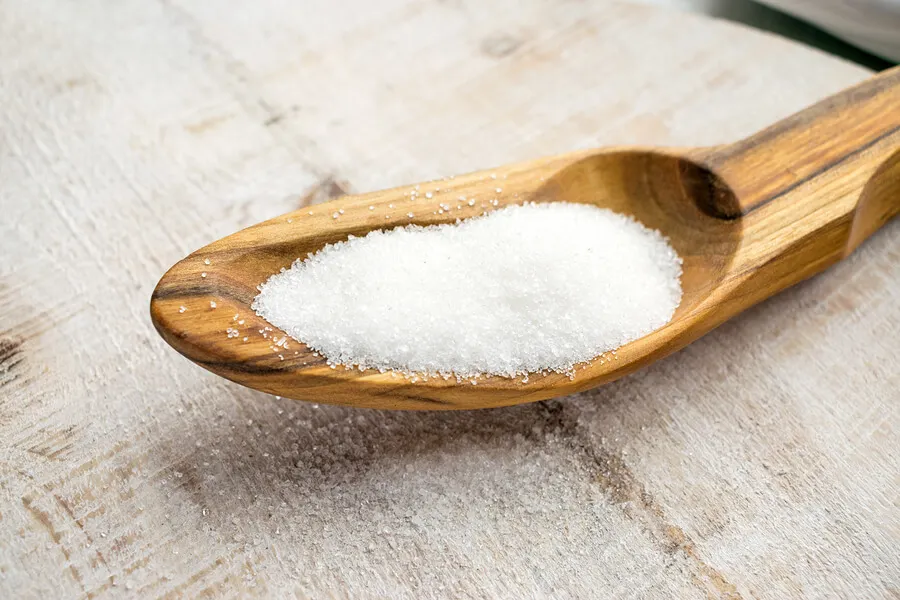Homemade Liquid Stevia: Nutrients and How to Prepare It


Written and verified by the nutritionist Saúl Sánchez Arias
Liquid stevia is a sweetener that can be homemade. In this way, you can obtain a product that can improve the flavor of many recipes without providing additional calories.
This can be useful when planning a diet with the objective of losing weight, as you need to create a deficit that lets you mobilize and oxidize fats. This will help to improve your overall body composition.
Before starting, it should be noted that stevia is included within the group of natural sweeteners. Most sweeteners are artificial, and these have a more severe impact on our bodies.
We’re talking here about the development of pathologies in the medium term, although there’s still much debate about this. What is clear is that you should avoid using artificial sweeteners too much, using them in moderation.
Growing stevia and preparing the sweetener
It’s important to mention that stevia comes from the plant of the same name. Its leaf is sweet and that’s where the additive is extracted from – an additive that can modify the organoleptic characteristics of certain foods.
So, the first step in making liquid stevia at home is to grow the plant. Simply plant the seeds in a pot and place it on a terrace or in a garden. For more information on the best way to do this, take a look at this article.
Once the plant develops its leaves, you simply cut them. You’ll then be able to extract the glycoside compounds that provide its sweet flavor. Of course, you’ll need to wash the product well to ensure that the remains of soil or dust on the surface are properly removed.
You’ll then need to chop the leaves into julienne strips with a knife and leave them to dry for a few days in the sun. A dehydrator could also be used for the same purpose. The next step is to put the leaves in a container, covering them with vodka.
Different liqueurs can be used, but this is the one with the least flavor, so it won’t affect the organoleptic quality of the final product. Cover the container and leave them to stand in a dark place for at least 24 hours. After this time, the leaves are strained and the alcohol is removed.

In order to remove the alcohol, heat the liquid in a saucepan without boiling it. You should cook it for about 30 minutes so that a syrup is formed. The last step is to store the resulting liquid in a dark container. You should store it in the refrigerator – for a maximum of three months.
Benefits of stevia
The consumption of stevia can be beneficial in helping to improve overall body composition, thus reducing calories in the diet. Simple sugars aren’t only high in calories, but they can also promote problems such as insulin resistance and diabetes. This is shown by research published in the journal Current Diabetes Reports. Reducing their intake is key to achieving a good state of health.
However, to really consolidate a positive effect, you’ll have to consider a whole series of general habits. For example, it’s essential to promote regular physical exercise, with special emphasis on strength work.
This stimulates muscle hypertrophy, which allows greater efficiency in the use of energy substrates. It will also help you expend more calories while at rest, according to a study published in Frontiers of Hormone Research.

However, all that glitters is not gold. Abusing sweeteners could lead to harmful changes in the gut microbiota. Regular consumption of these elements has been shown to reduce the density and diversity of microorganisms that inhabit the digestive tract. The result is an increased risk of developing inflammatory pathologies and experiencing problems in terms of nutrient utilization.
Therefore, the best solution is to moderate the consumption of sweet-tasting foods, regardless of whether they contain simple sugars or sweeteners inside. Above all, it will be necessary to promote the intake of fresh foods that normally have a high nutritional density.
You may also be interested in: What Types of Food Additives are There?
Prepare liquid stevia at home
As you have seen, it’s possible to prepare liquid stevia at home quite easily, thus achieving an additive that can be used to improve the organoleptic characteristics of certain products. It has no calories, so it won’t negatively affect the caloric balance of your diet. However, it should be consumed in moderation to avoid alterations in the composition of the microbiota in the medium term.
Finally, bear in mind that many of the additives included in industrially processed products are of low quality. You’ll find them as E numbers. If several of these elements appear in the list of ingredients, it may indicate that the foodstuff in question isn’t highly recommended in a healthy diet. It’s always best to give priority to fresh ingredients.
All cited sources were thoroughly reviewed by our team to ensure their quality, reliability, currency, and validity. The bibliography of this article was considered reliable and of academic or scientific accuracy.
- Yoshida, Y., & Simoes, E. J. (2018). Sugar-Sweetened Beverage, Obesity, and Type 2 Diabetes in Children and Adolescents: Policies, Taxation, and Programs. Current diabetes reports, 18(6), 31. https://doi.org/10.1007/s11892-018-1004-6
- Moghetti, P., Bacchi, E., Brangani, C., Donà, S., & Negri, C. (2016). Metabolic Effects of Exercise. Frontiers of hormone research, 47, 44–57. https://doi.org/10.1159/000445156
- Suez, J., Korem, T., Zeevi, D., Zilberman-Schapira, G., Thaiss, C. A., Maza, O., Israeli, D., Zmora, N., Gilad, S., Weinberger, A., Kuperman, Y., Harmelin, A., Kolodkin-Gal, I., Shapiro, H., Halpern, Z., Segal, E., & Elinav, E. (2014). Artificial sweeteners induce glucose intolerance by altering the gut microbiota. Nature, 514(7521), 181–186. https://doi.org/10.1038/nature13793
This text is provided for informational purposes only and does not replace consultation with a professional. If in doubt, consult your specialist.








